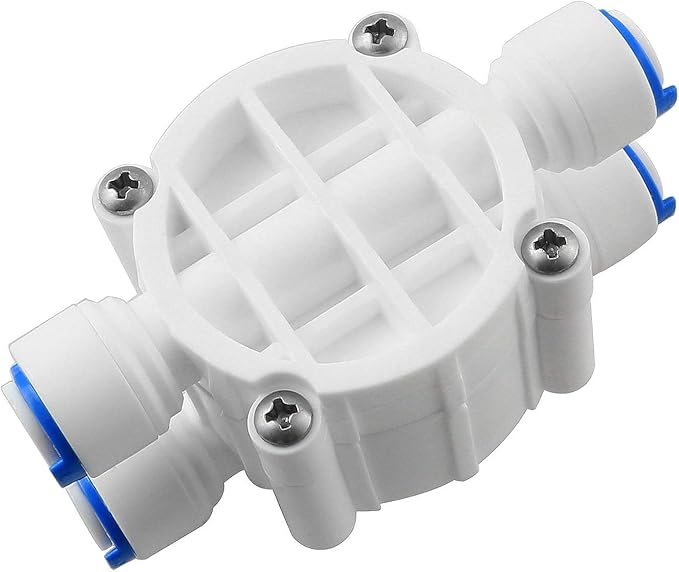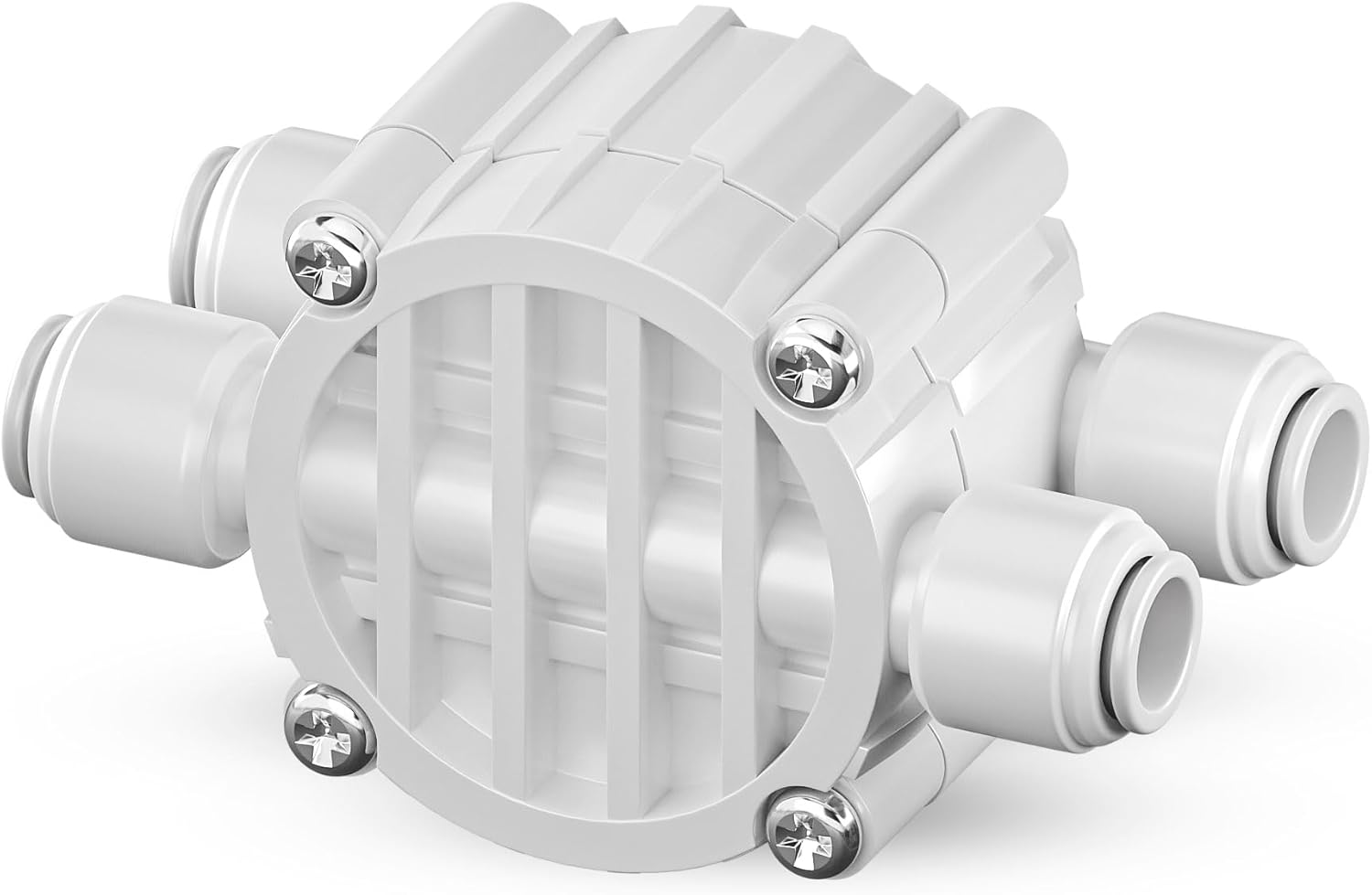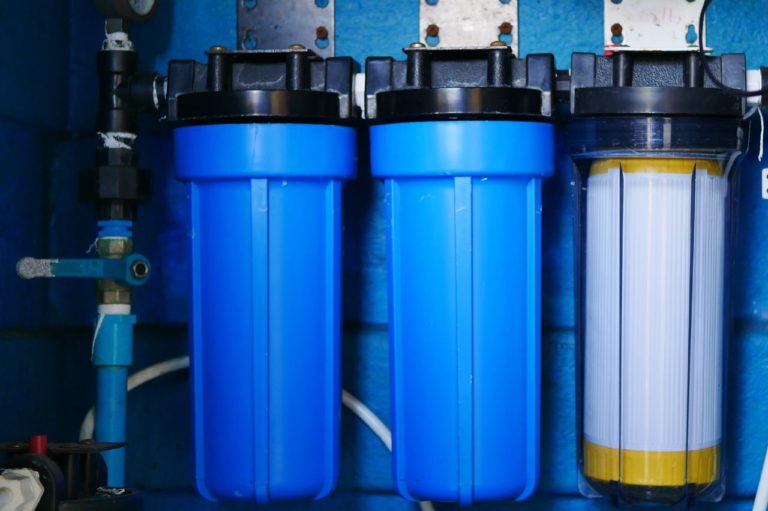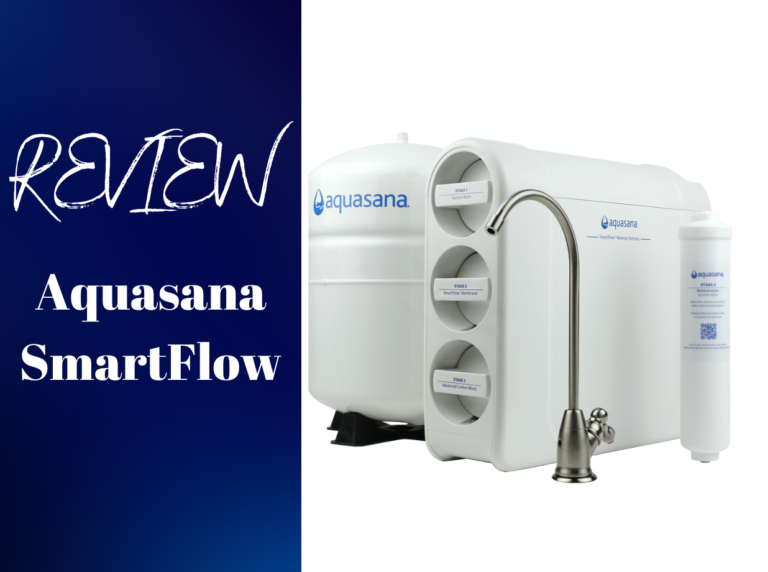Understanding Automatic Shut-Off Valves in Home RO Systems
Have you ever wondered how your home reverse osmosis (RO) system knows when to stop filtering water that you use daily? Understanding automatic shut-off valves in home RO systems might just provide the clarity you need. These tiny yet vital components are crucial to the efficiency and effectiveness of your RO system. Let’s explore the ins and outs of these valves and why they are so important for your water filtration process.
The Basics of a Home Reverse Osmosis System
Before we delve into the specific functions of an automatic shut-off valve, it might be helpful to familiarize yourself with the basics of how a home RO system operates. An RO system is a water purification technology that uses a semi-permeable membrane to remove ions, molecules, and larger particles from drinking water. It’s an efficient way to ensure that the water you consume is clean and safe.
Key components of the system include pre-filters, the RO membrane, post-filters, and a storage tank. Water flows through these components, where impurities are filtered out before the clean water is stored for use. But here’s where the automatic shut-off valve comes into play.
What is an Automatic Shut-Off Valve?
An automatic shut-off valve is a small device that plays a big role in the functioning of your RO system. Essentially, it serves the purpose of stopping the flow of water through your system once the storage tank is full. Without it, water would continuously flow through the system, wasting water and causing unnecessary wear on the system components.
How Does it Work?
The operation of an automatic shut-off valve is all about balance. Once the tank is full, the valve detects a change in pressure and stops the inflow of water. This is not only efficient but also conserves water, which is both economically and environmentally beneficial.

Why Are Automatic Shut-Off Valves Important?
The importance of having an automatic shut-off valve cannot be overstated. They ensure that your RO system is operating at peak efficiency by managing water use wisely. Without one, you might encounter higher water bills or even damage to your system due to continuous flow.
Conservation of Water
One of the primary functions of the valve is to conserve water. In times when natural resources are becoming more precious, having a system that can efficiently manage water usage is an asset for any household.
Protecting RO System Components
Constant water flow can cause premature wear and tear on your RO system components. With a shut-off valve, you reduce the stress on parts like the membrane and filters, extending their life and reducing the need for frequent replacements.

How to Identify and Maintain Your Automatic Shut-Off Valve
Ensuring that the automatic shut-off valve in your RO system is working properly is crucial to its durability and function. Here’s how you can identify and maintain it.
Locating the Valve
Typically, the valve will be located near the RO membrane, situated between the incoming water line and the tank. It might look like a small plastic box with multiple inlets and outlets. Familiarizing yourself with its location and appearance is the first step to maintaining it.
Regular Checks
Performing regular checks on your valve can help catch potential issues before they become serious. Make sure that the valve is free from debris and functioning smoothly. Sometimes, mineral build-up can affect its operation, necessitating cleaning or replacement.

Troubleshooting Common Issues
Despite their efficiency, automatic shut-off valves can encounter problems. Here’s a look at some common issues and how you might address them.
Valve Not Shutting Off
If water is continuously flowing even when the tank is full, the valve may not be shutting off properly. This could be due to debris in the valve or a malfunction in the pressure sensor. Cleaning the valve might resolve the issue, but sometimes replacement is necessary.
Reduced Water Pressure
If the valve isn’t functioning correctly, you might notice reduced water pressure. This could occur due to a blockage or an internal failure. Regular maintenance and inspections can help prevent and address this problem.
Tips for Optimizing Your RO System
To keep your RO system and its automatic shut-off valve running smoothly, some practical tips can go a long way.
Regular Maintenance
Schedule regular checks and maintenance for your RO system, paying special attention to the shut-off valve. Replace filters and other components as needed to ensure the system remains in top condition.
Consult Professionals
If you’re ever unsure about the working of your RO system or its components, consulting a professional can save you time and effort. They can offer detailed guidance and even perform replacements or repairs if necessary.
The Future of RO Systems and Automatic Shut-Off Valves
Technological advancements continue to drive improvements in RO systems and their components. The automatic shut-off valve is no exception. Newer models are becoming more sophisticated, offering better efficiency and reliability.

Conclusion
Understanding automatic shut-off valves in home RO systems can transform the way you view and manage your water filtration needs. From conserving water to protecting your system, these valves bring numerous benefits. By maintaining and regularly checking them, you ensure that your RO system remains a safe and reliable source of pure water for your household.
Hopefully, this exploration into automatic shut-off valves has answered some of your questions and provided insights into their crucial role within a home RO system. By actively engaging in the care and maintenance of the system, you contribute to a more efficient, cost-effective, and environmentally friendly household.
Disclosure: As an Amazon Associate, I earn from qualifying purchases.







